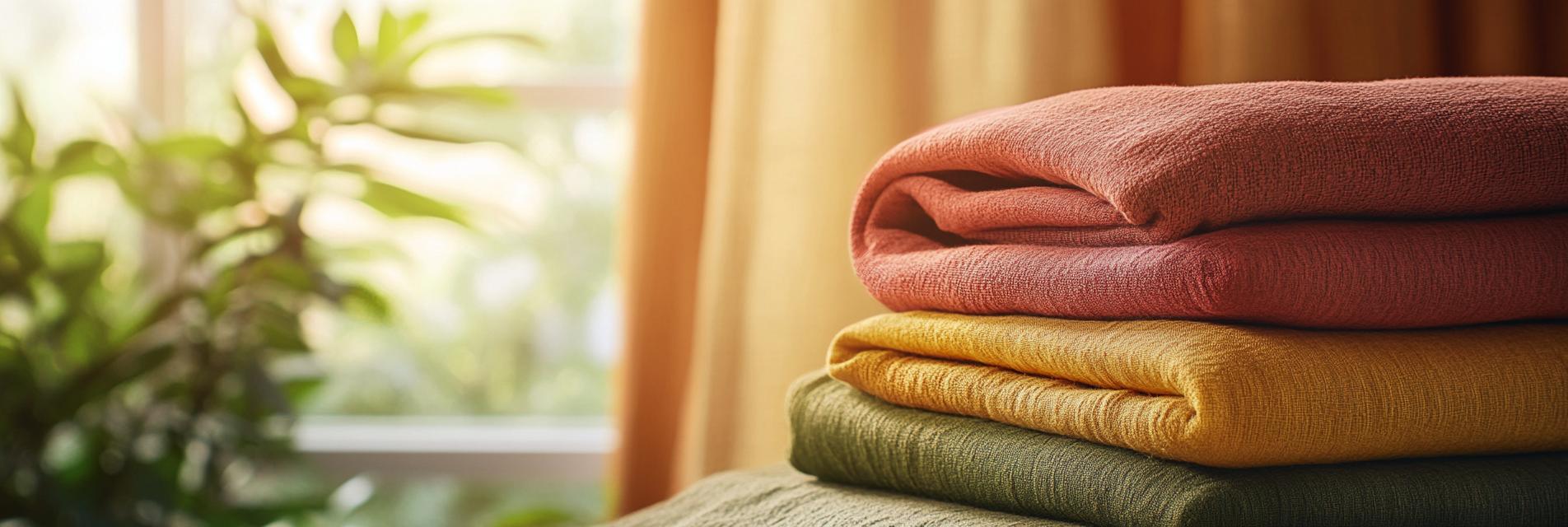As we delve into the evolving landscape of the textile industry, it is imperative that we recognize the significance of sustainability. Over the past few years, the demand for eco-friendly practices has surged, drawing attention to innovative materials and processes that lessen environmental impact.

Historically, the textile industry has been characterized by high water usage and pollution. However, recent movements towards sustainability have led to several transformations. From 2020 onwards, numerous brands have employed waterless dyeing technologies, which significantly reduce water waste.
Innovative materials, such as organic cotton and recycled polyester, have gained prominence. These materials not only minimize resource consumption but also prioritize the health of our planet. By 2022, many companies began shifting their supply chains to incorporate these sustainable options, emphasizing the importance of responsible sourcing.

The integration of environmental responsibility into business models is no longer optional; it is a necessity. As of 2023, numerous companies have adopted carbon-neutral initiatives. They focus on reducing greenhouse gas emissions and investing in renewable energy sources. This shift not only fosters consumer trust but also positions businesses favorably in a competitive market.
Sustainability in the textile industry is a journey that requires commitment and innovation. As we continue to explore sustainable textiles and eco-friendly materials, it becomes increasingly clear that responsible practices not only benefit the environment but also drive business growth. Let us embrace these changes for a more sustainable future.
